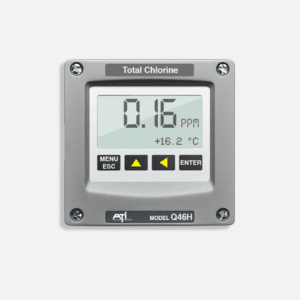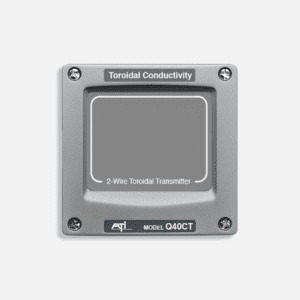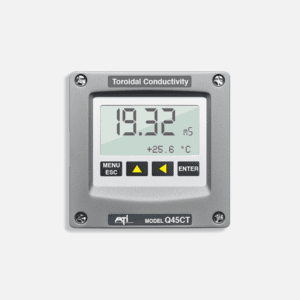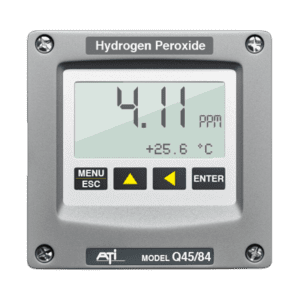Description
Features & specification
- Gas Type: Calibrated for methane unless otherwise ordered.
- Display: 3-digit LCD optional
- Range: 0-100% LEL
- Response Time (T90): 10 seconds
- Accuracy: on average ±5% of value
- Electronic Repeatability: ±1%
- Electronic Linearity: ±0.5%
- Zero Drift: Less than 2% full scale per month
- Span Drift: Less than 3% per month
- Output: Powered 4-20 mA, 675 ohms maximum at 24 VDC
- Power: 12-30 VDC, 100 mA maximum
- Enclosure: Explosion-proof, Class 1, Div 1, Groups B, C, & D
- Alarm: Optional single alarm available
- Alarm Relay: SPDT, 5 Amp @ 220 VAC non-inductive, latching
- Sensor: 316 stainless steel
- Controls: Potentiometer zero and span adjustment, Potentiometer alarm setpoint adjustment, Magnetic reset switch for latching alarm relay
- Operating Temperature: -40° to +70°C
- Weight: 3 lbs (1.3 kg)
Key benefits
- Designed to detect potentially hazardous concentrations of combustible gases in ambient air
- Connection to PLC, DCS, or computer-based alarm systems without additional hardware
- Explosion-proof sensor assemblies
Applications
The C12-17 Combustible Gas Detector is available for a wide range of applications including:
- Process buildings
- Analyzer enclosures
- Pump stations
- Gas compressor stations










